Vincent Van Gogh and Flowers
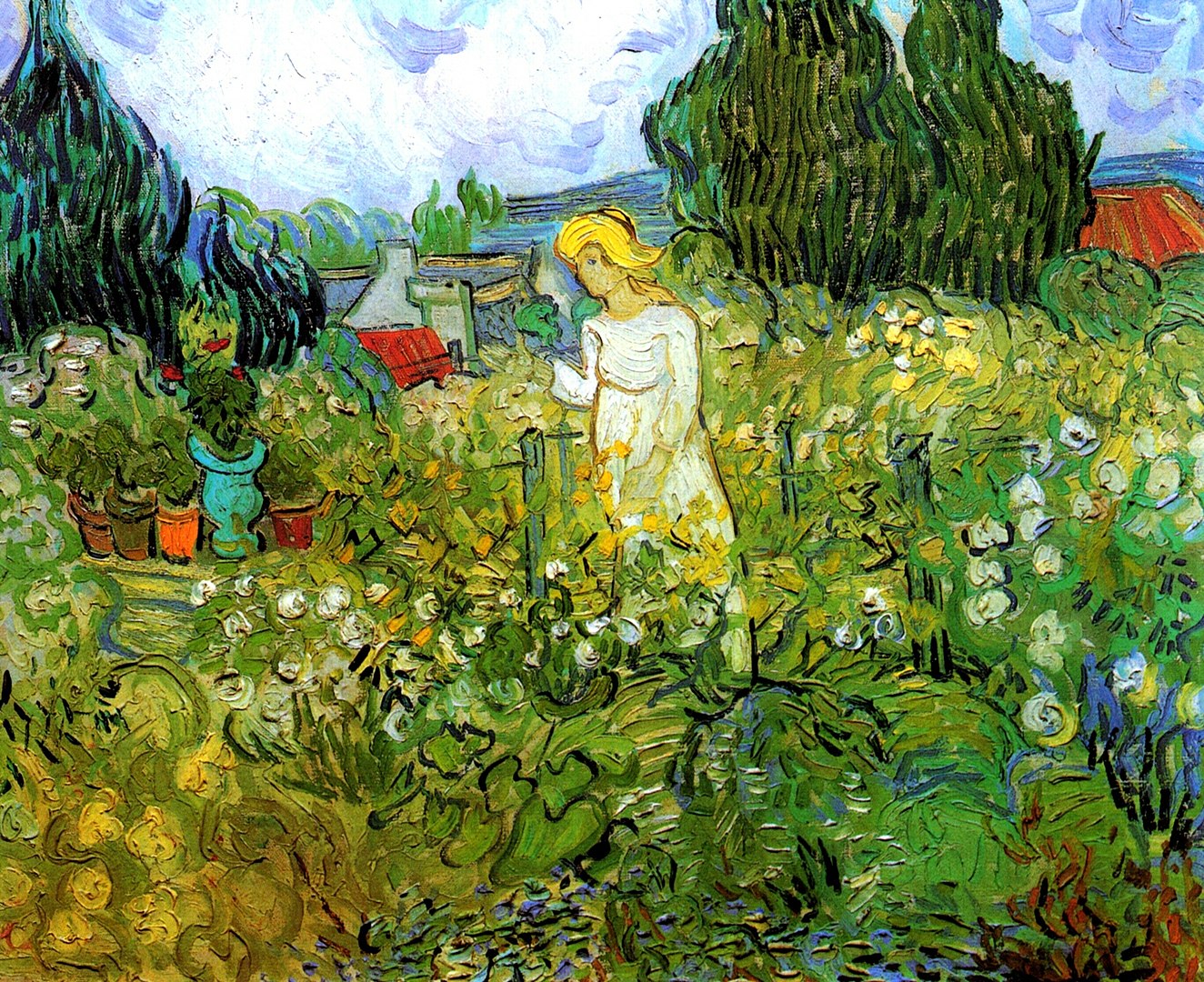
Marguerite Gachet in the Garden, 1890, Vincent Van Gogh, Musée d’Orsay
This autumn the Musée d’Orsay will host a much anticipated exhibit, Van Gogh in Auvers-sur-Oise, exploring the Dutch artist’s final months that were spent in this village located north of Paris. Vincent stayed for a mere 70 days, ending his life on July 29, 1890, yet this was a period of intense creativity, in which he produced 74 paintings (at least one a day!) and over 50 drawings, many of which will be on display at exhibition. The exhibit provides an excellent opportunity to explore one of Van Gogh’s favorite and best-known subject matters–flowers.
Throughout his career Vincent depicted flowers, attracted to the colors and textures of the petals. In his letters, Vincent wrote that he painted flowers because he could not afford to paint after models: “I have lacked money for paying models, else I had entirely given myself to figure painting, but I have made a series of color studies in painting simply flowers, red poppies, blue cornflowers and myosotys. White and rose roses, yellow chrysanthemums.” While surely attracted to the color of specific flowers, by making flowers his subject, Vincent endowed his paintings with a force and dynamism that have become icons of modern art.
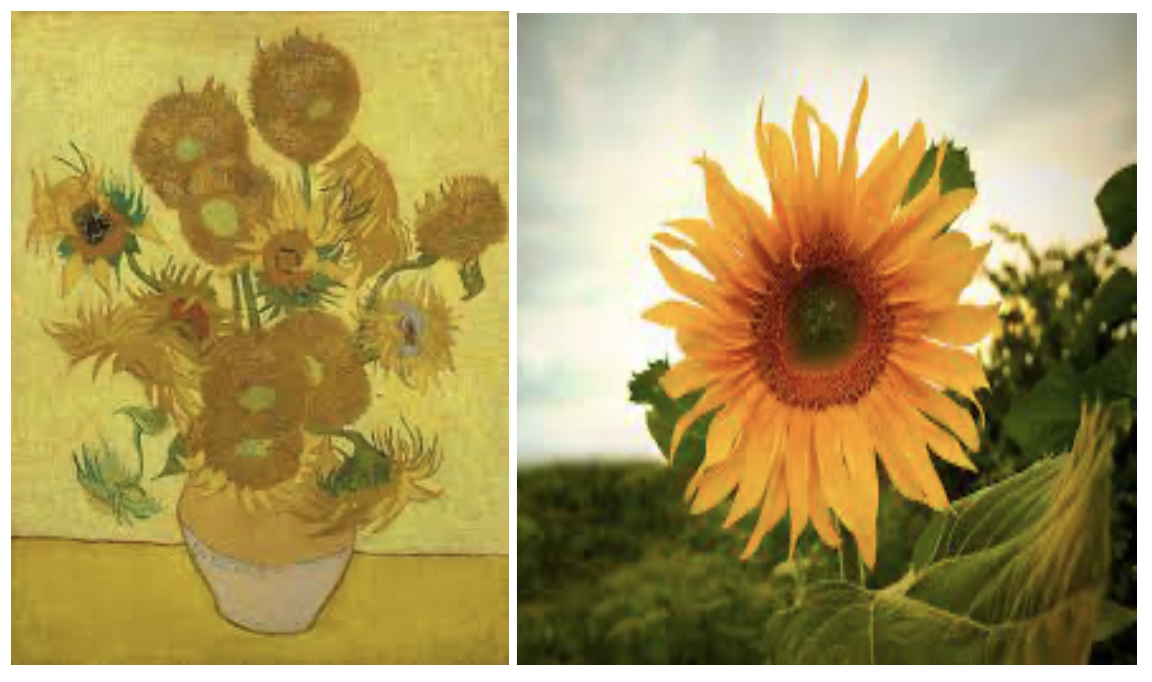
Sunflowers, 1888, Vincent Van Gogh, National Gallery
Van Gogh’s paintings of sunflowers are among his most famous. Vincent painted five different versions of sunflowers in a vase from 1888 to 1889. Sunflowers are heliotropic; they follow the sun, and have been symbols of enlightenment in western art for millennia. In Greek mythology, Apollo turned the spurned nymph Clytie into a sunflower. The fact that the flowers follow the sun, symbolized devotion. Whether or not Van Gogh knew these stories, he certainly appreciated the vibrant yellow flowers he would have observed during his time in southern France. To depict them, he concentrated on using three shades of yellow, demonstrating the nuances of a single color. Certainly, Van Gogh’s attention to brushstrokes and the form of the petals make these paintings masterworks and give the flowers an emotional charge that we appreciate today.
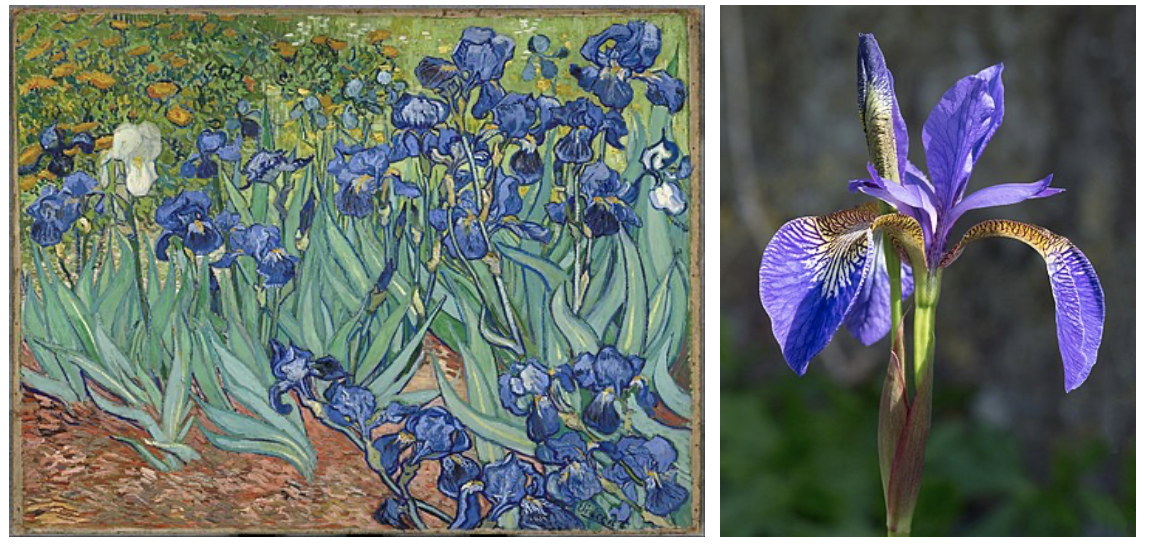
Irises, 1889, Vincent Van Gogh, J. Paul Getty Museum
Van Gogh was also attracted to the irises. While in the asylum in Saint-Remy-de-Provence, he painted the iris flowers planted in the gardens of the asylum. Irises, which grow from bulbs or rhizomes, were especially appreciated by Vincent for their color and form. In Greek mythology, Iris was a messenger who was personified as a rainbow, perhaps why the center of our eyes are called the iris today. In Renaissance art, the iris was considered the flower of the Virgin, Van Gogh may have been aware of the the spiritual and chromatic association of irises, but in his painting, he transformed the iris into a moving vibrant form, clearly relishing in the color contrast between blues and greens.
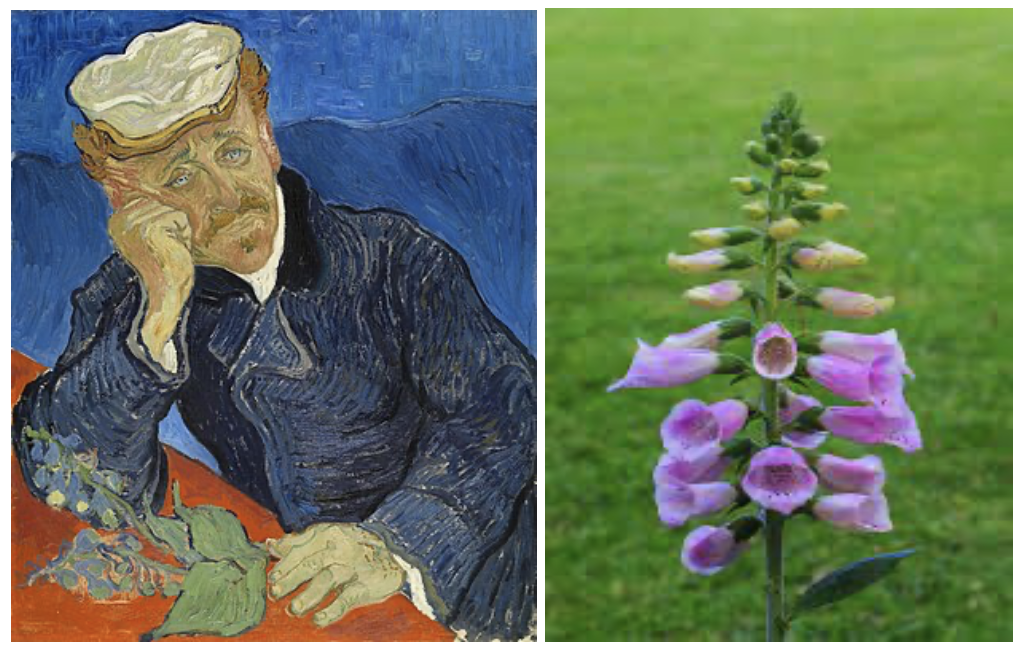
Le Docteur Gachet, 1890, Vincent Van Gogh, Musée d’Orsay
In spring 1889, Vincent’s brother Theo, concerned about Vincent’s mental health following his release from the asylum in Saint Remy, solicited Dr. Paul Gachet, a physician and artist, to care for Vincent in his hometown of Auvers-sur-Oise. Gachet agreed, and Vincent arrived on May 20, 1890.
Displayed in the exhibit is one of Van Gogh’s portraits of Dr. Gachet from the Orsay’s collection, a work that reveals Vincent’s compassion for his friend. Within the portrait, on the table in front of Gachet’s hand,is a foxglove, or digitalis. This is another representation of his lifelong interest in flowers, and may have been a homage to Gachet’s medical proficiency as it was a well known herbal remedy in the 1890s.
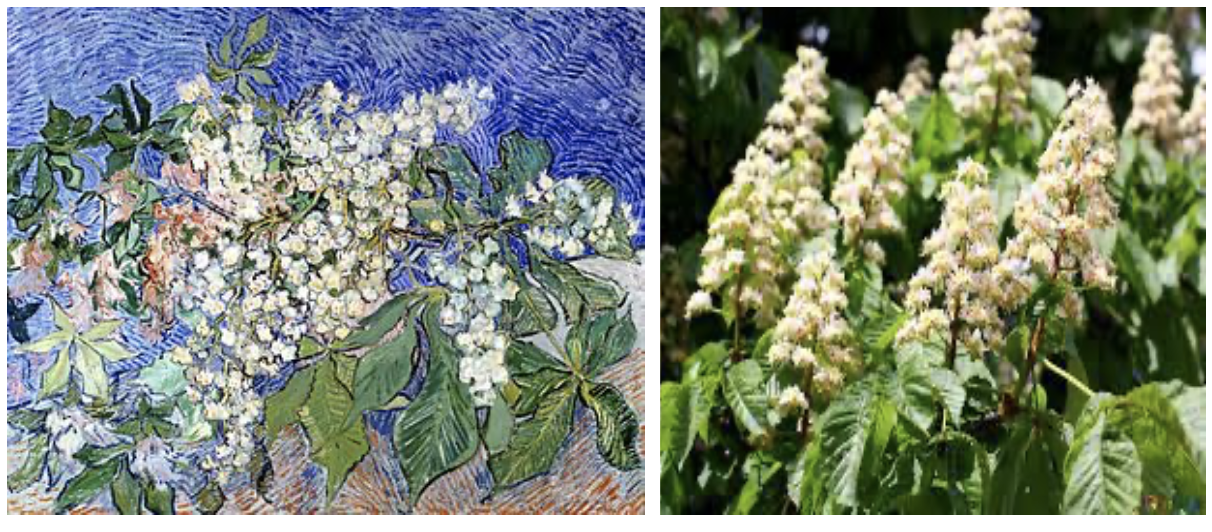
Blossoming Chestnut Branches, 1890, Vincent Van Gogh, Foundation E.G. Bührle Collection
While in Auvers, Van Gogh was attracted to the flowers in the landscape, and his blossoming chestnut flowers were probably painted after chestnut trees during his stay. It seems Vincent painted his canvases quickly, in order to capture the blooms before they withered. Here the swirling emphatic blue strokes in the sky are similar to his rendering of night skies and the format recalls his interest in Japanese prints.
Certainly Vincent appreciated flowers as much as landscape: referring to the last large paintings of his period in Auvers he wrote: “They depict vast, distended wheat fields under angry skies, and I deliberately tried to express sadness and extreme loneliness in them.” But these pictures also had a positive side: “I am almost certain that these canvases illustrate what I cannot express in words, that is, how healthy and reassuring I find the countryside.” We can imagine that flowers provided both solace and beauty and perhaps optimism as he explored the variety of colors, shapes, and petals.
Van Gogh in Auvers at the Musée d’Orsay, the Final Months appears from 3 October 2023 until 4 February 2024. We are conducting guided tours of the Van Gogh in Auvers exhibit which can also be combined with an excursion to visit the village of Auvers. Learn more about this, and our other Impressionist Garden tours, at this link.

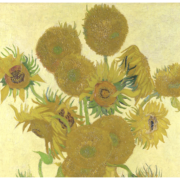
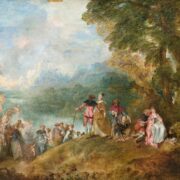
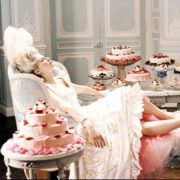
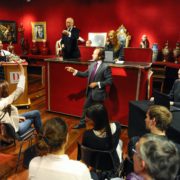

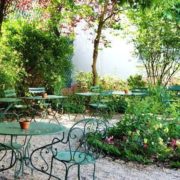
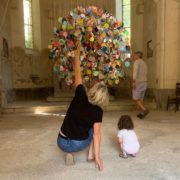


Leave a Reply
Want to join the discussion?Feel free to contribute!